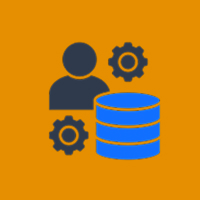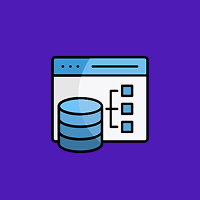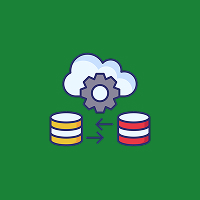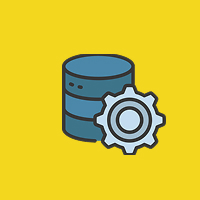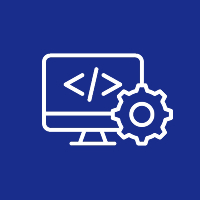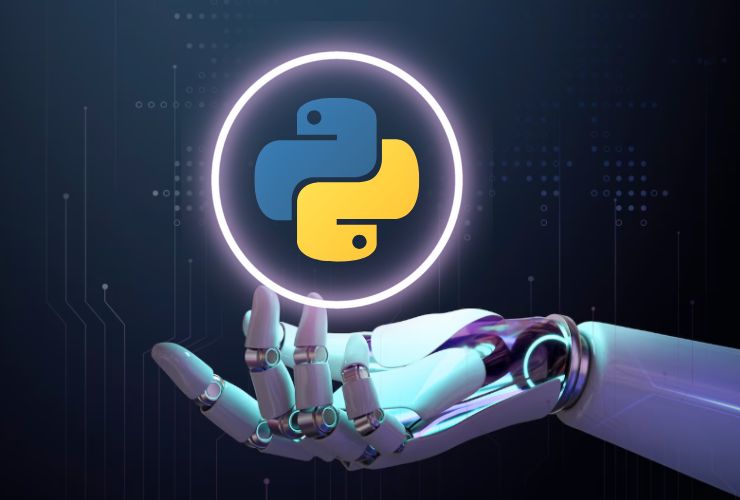Artificial intelligence and data science were once just trendy words promising innovation and new technologies. Today, they sit at the center of innovation in almost every industry. From self-driving vehicles and intelligent assistants to tailored marketing plans and predictive medicine, machine learning (ML) has made this new innovation accessible and sustainable. At the center of this new wave of innovation is Python, which is probably the best programming language for ML today.
Why is Python the language of choice for organizations embraced ML initiatives worldwide? Let’s examine the features that have made Python a very capable language to build intelligent systems.
1. Simplicity and Readability
Simplicity is one of Python’s greatest advantages. With a clear and readable syntax that looks like natural language, it is a simple language to learn and understand. This simple nature is very important in the ML domain because developers usually work with data analysts, domain experts, and researchers who are not necessarily programmers.
With Python programmers can:
- Follow or write code on the same level of effort
- Prototype and iterate on ML models at a rapid pace
- Think about problem solving and algorithm development instead of boiler plate code.
2. An Abundant Ecosystem of Libraries and Frameworks
Python’s true strength in the machine learning world comes from the sheer volume and variety of libraries and frameworks available to handle everything from numerical computing to training neural networks. These libraries abstract away a lot of the low-level details and allow developers to create complex ML models in just a few lines of code.
Some of the most important ML libraries include:
- NumPy and Pandas for numerical operations and efficient data manipulation
- Scikit-learn for building traditional ML algorithms, such as classification, regression, and clustering
- TensorFlow and PyTorch for building deep learning and neural network models
- Keras for quickly testing different deep learning architectures
- Matplotlib, Seaborn, and Plotly for data visualization and result understanding
The way these libraries work together is a powerful thing for anyone working on ML, making development much quicker, while also improving reliability and performance.
3. Community Support
Python has one of the largest and most active programming communities in the world. This is a great benefit for machine learning when developers often need to experiment with new algorithms, address compatibility issues, or improve the performance of building models.
With Python you have access to:
- A broad resource pool of tutorials, guidelines, and documentation
- Open source contributions and constant updates to popular packages
- Support via the web in online forums like Stack Overflow, GitHub or Reddit
This not only means you have a large community of people who are active in the language when you encounter a problem you will most likely have other individuals who have encountered similar issues… and a resolution is often just a search away.
4. Independent and adaptable platform
Python is also platform independent, which means works seamlessly on all of the most popular operating system including Windows, macOS, and Linux. Once again, this allows for the developers to build and test models in different environments without worrying about platform compatibility.
It also offers:
- Seamless integration with cloud services (AWS, Google Cloud, Azure)
- Built in support for deployment in containerizer tools like Docker
- Ability to transcribe quickly and easily from local development to scalable cloud-based systems
This is a critical flexibility when building and running ML workflows where it is often the case that after collecting and training the data on a local machine the model is deployed in a production environment.
5. Interoperability with Other Languages and Tools
In ML projects, there may be a few existing systems to work with, whether for legacy systems, performance-critical modules, or big data infrastructure. Python can especially shine in these systems since it has a seamless interoperability with other languages like C, C++, Java, and R.
This makes Python viable for the following:
- Performance optimizations through native extensions
- Using legacy code in production applications
- Connecting to databases (e.g., PostgreSQL, etc.), big data platforms (e.g., Databricks, etc.), and data lakes (e.g., AWS S3, etc.)
Another benefit of Python is its support for APIs and connectors, many of which include modern tools like Apache Spark, Hadoop, SQL databases, or vector stores, etc.
6. Variety of Applications
Machine learning is not restricted to a specific use case and that means Python is not either. Python’s flexibility is another reason it is widely used across many use cases, including:
- Natural language processing (NLP): sentiment analysis, chat bots, translation, etc.
- Computer vision: facial recognition, self-driving, object detection, etc.
- Predictive analytics: trend forecasting, housing prices, modeling customer behavior, etc.
- Reinforcement learning: robotic systems, inventing game strategies, dynamic decision-making systems, etc.
- Time series forecasting: predicting stock market returns, weather modeling, seeking out anomalies, etc.
This diversity of use cases helped allow Python to endure and thrive while machine learning grew rapidly into new industries or disciplines.
7. Educational and Research Support
Fast-tracking learning, Python is increasingly the language of choice in academic and research environments and online education. Nearly all of the major machine learning and AI courses are implemented in Python, including those from Stanford, MIT, and Coursera.
With this educational adoption comes:
- Decreased learning time for new programmers
- Consistency in tools and libraries across industry and research applications
- An expanding global talent pool of machine learning practitioners trained to use Python
The educational and research support cements Python’s position and relevance in the ML ecosystem.
Conclusion
Python is the gold standard in machine learning—rightfully so! Together, its simple syntax, breadth of libraries, enthusiastic maintainers and community support, and cross-platform compatibility make it unmatched as a language for building intelligent, scalable, and efficient ML applications.
Whether you are an AI researcher developing next-generation models, a startup automating decision making, or an organization unlocking the power of data for better decisions, Python will support your efforts in dealing with the vast advances in machine learning.
With the advances made in machine learning, Python is not just the right choice, it is the only choice!
Contact Us Today













 Database Development
Database Development






